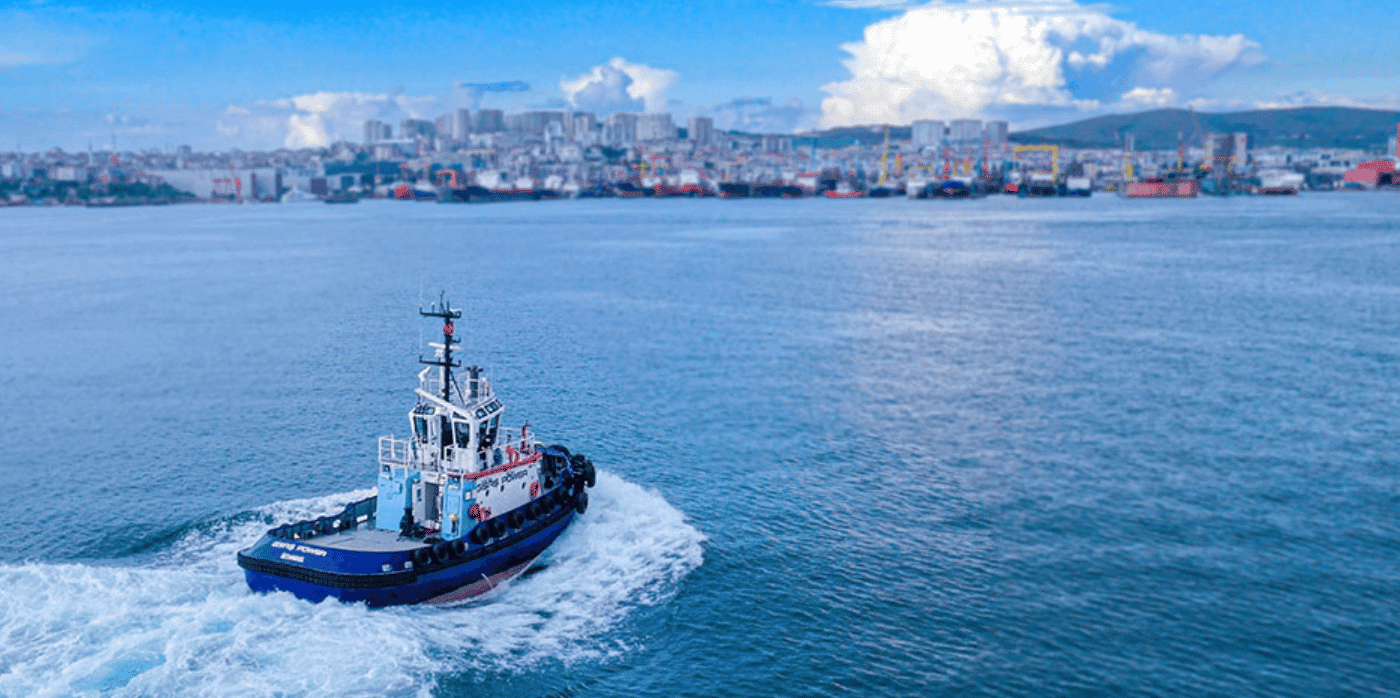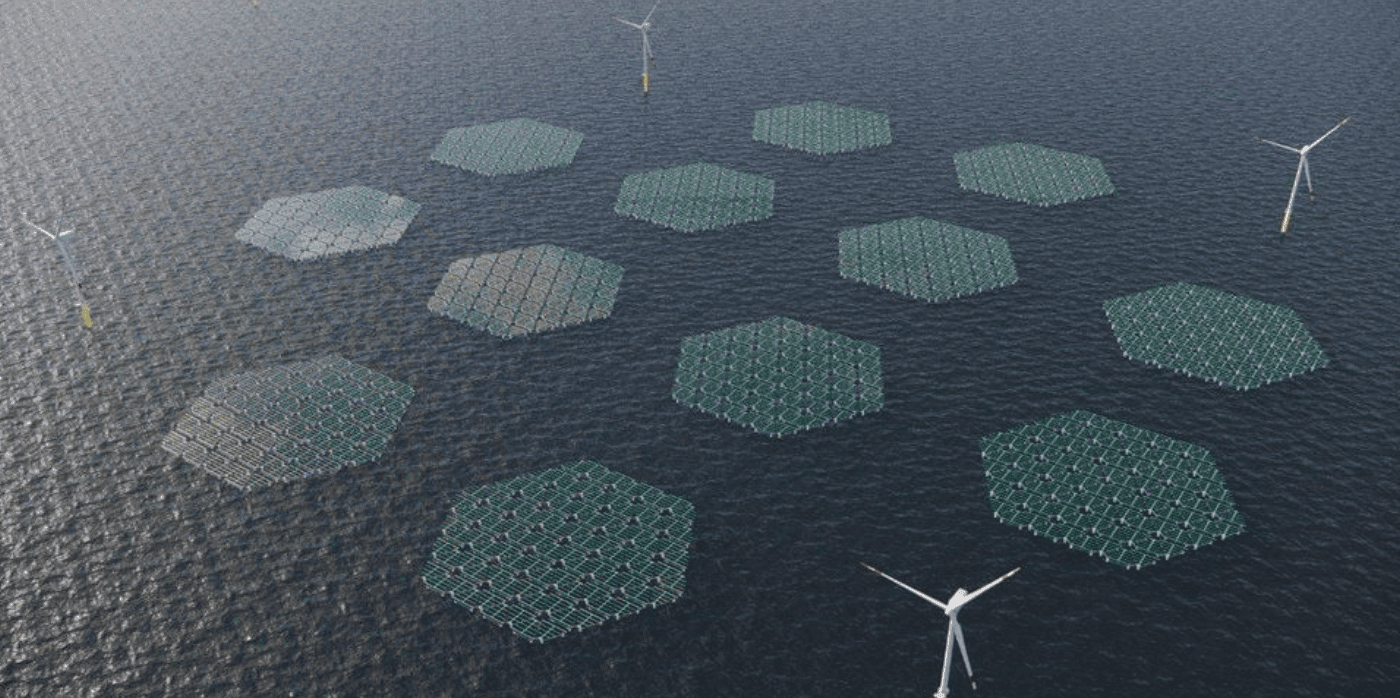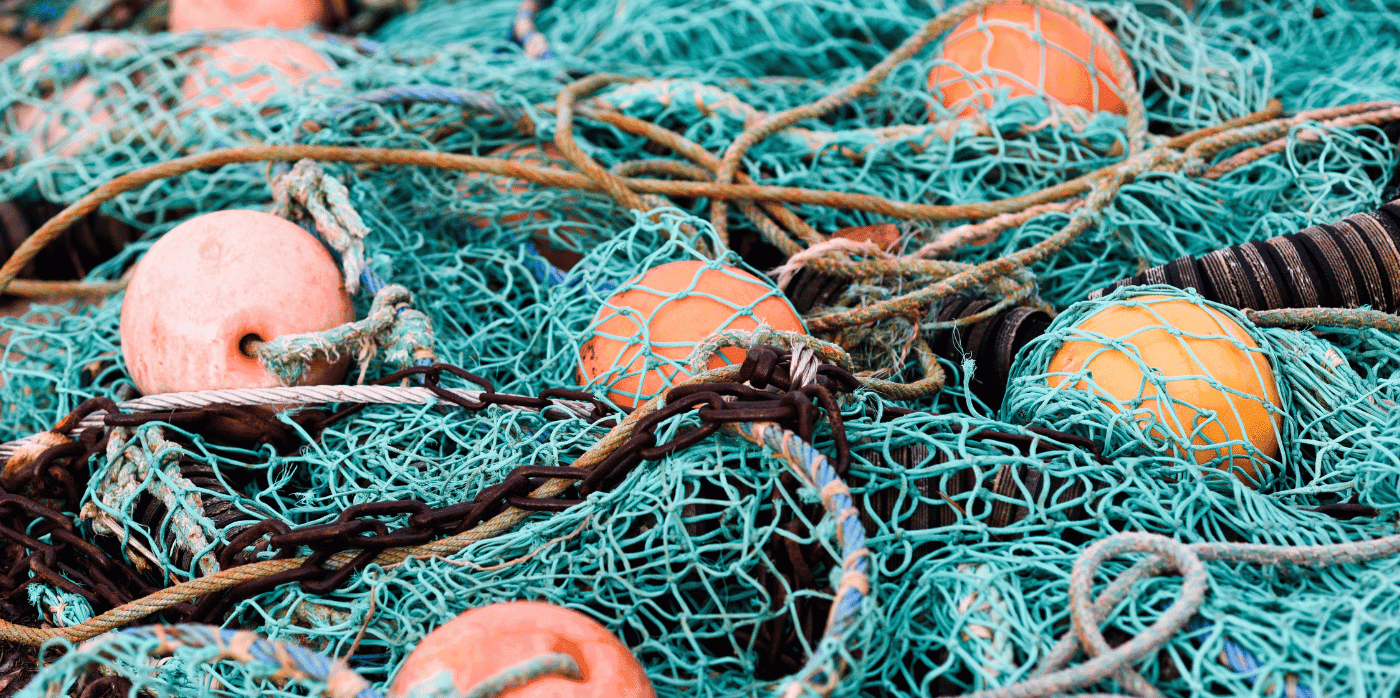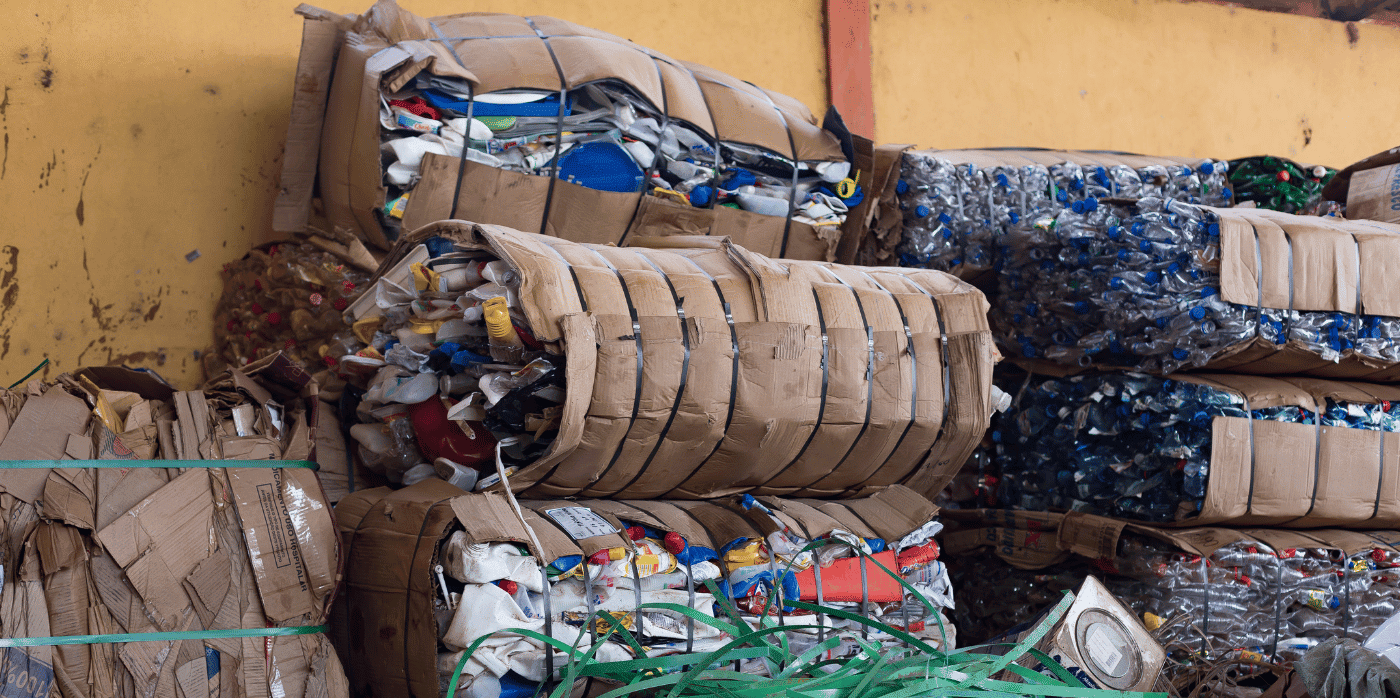Making waves with a smart, electric-powered tugboat

Spotted: Maritime analysts expect “ever-increasing levels of digitisation and system interconnectivity [for] improved operational efficiency” to be one of the forthcoming improvements in the industry. As electrification of land vehicles continues apace, similar changes to the aviation and marine industries are beginning to gain traction.
In addition to the ships themselves, port traffic contributes to the industry’s considerable carbon footprint. To play a part in improving the sustainability of such busy industrial locations, Turkish marine design and engineering company Navtek created the ZEETUG. According to the company, the novel vessel is the world’s first zero-emissions, electric tugboat.
The tug is smart, efficient, and produces no noise or emissions. Fully electric, the ZEETUG’s operations are managed by smart tug energy management system (STEMS) software. STEMS works on desktops as well as mobiles and coordinates all data related to an entire fleet of tugs. From the position and route of the ship being assisted to wind speed, battery motor charge, and distance to the nearest charging station, STEMS allows the tug to self-manage its energy output.
The platform integrates with marine traffic charts and enables online diagnostics for maintenance needs. That helps operators minimise the amount of time a tug needs to spend in the yard for repair, and the smart system also enables updates and performance improvements as Navtek continues its R&D. Additionally, the tugs can be custom-built to provide a range of power outputs depending on the size of the ships and ports with which they work.
From zero-emissions cruise ships to the generation of energy from a ship’s movement water, Springwise’s library contains a number of innovations that are helping the maritime industry work more sustainably.
Written By: Keely Khoury



















